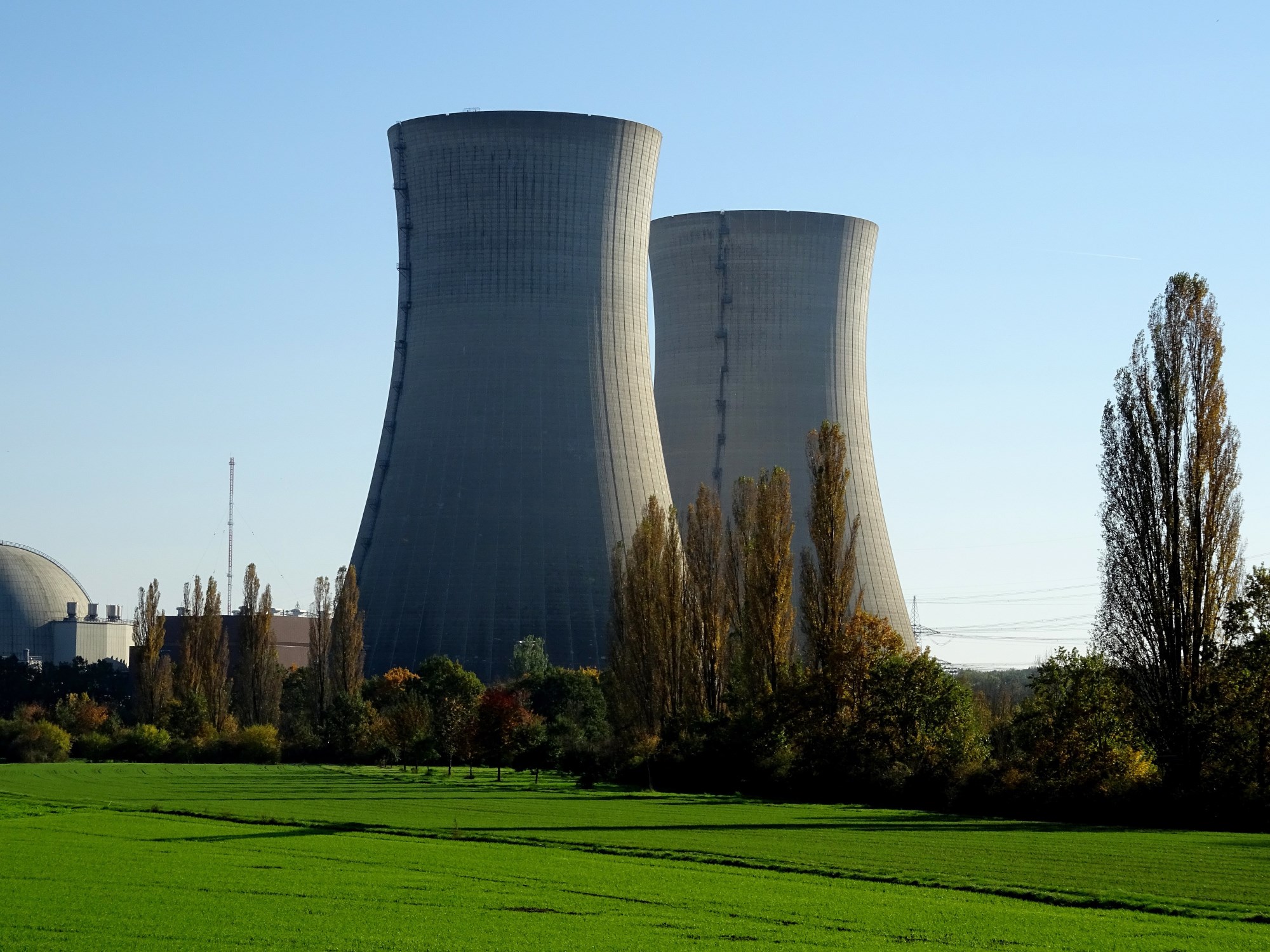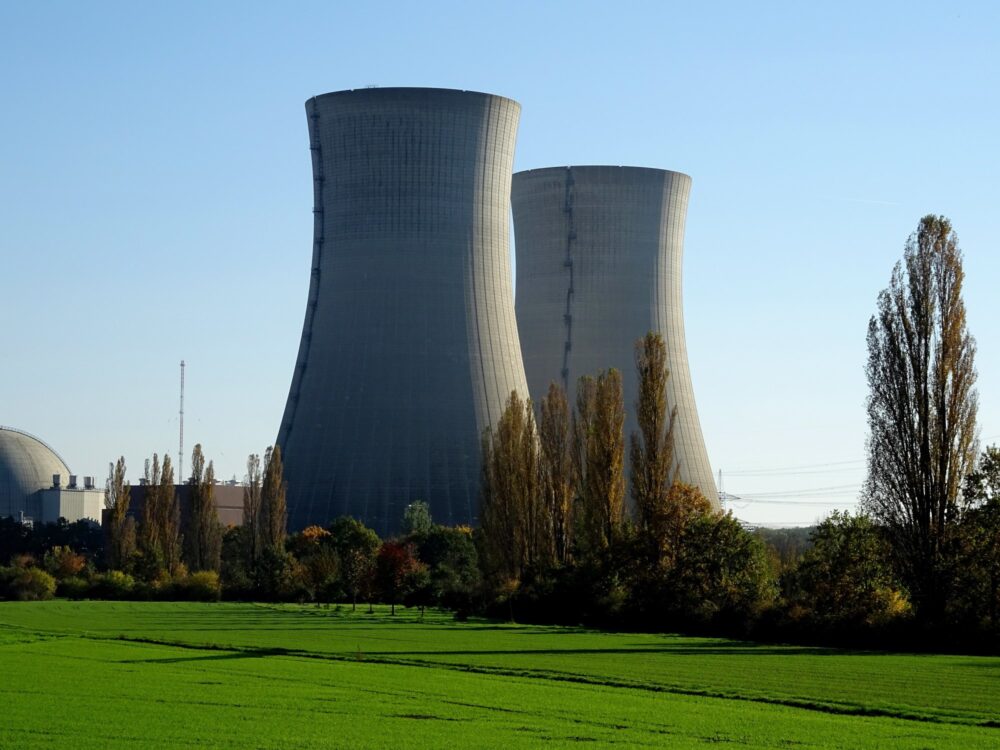~ Why the stringent regulations of the nuclear industry mean that plant managers still favour analogue excitation systems over digital ~
In an era where digital technology reigns supreme, the nuclear industry stands apart, relying on analogue excitation systems for its most safety-critical functions. Here Douglas Cope, director at excitation system specialist Excitation Engineering Services (EES), explores the enduring role of analogue excitation systems in nuclear plants and the unique challenges of maintaining this trusted, yet aging, technology.
Analogue excitation systems regulate the voltage of a generator without any software. Instead, they rely on hardware — discrete components like operational amplifiers. The amplifiers get two inputs: a set point, which is the target voltage, and feedback, the actual voltage. The system calculates the difference and adjusts the generator’s output to close that gap, known as the error signal.
For instance, in a typical 11,000 V generator, the set point and feedback should both reach 11,000 V, and any discrepancy — either positive or negative — is immediately corrected by the system. It’s an elegant use of closed-loop control theory, with analogue components automatically fine-tuning performance.
Analogue vs. digital
The industry’s reliance on analogue is not for lack of modern alternatives. The real barrier is the daunting safety standards that nuclear power plants must meet, such as Nuclear Site License Conditions (NSLCs) issued by the Office for Nuclear Regulation (ONR).
NSLCs mandate that operators demonstrate the safety and reliability of all systems, including excitation systems. This doesn’t mean that digital instrumentation plays no role, but satisfying safety standards for them is very exacting.
A key criterion for critical systems in nuclear environments is that they are designed with redundancy and fault tolerance that adheres to defence-in-depth principles. A single failure must not compromise safety. This is where analogue systems shine.
Analogue systems are inherently more predictable in their design and therefore more difficult to compromise compared with digital ones, that often have user configurable software.
Furthermore, in a world where cyber-attacks are becoming increasingly sophisticated and ever more dangerous, analogue systems are immune to cyber threats. Essentially, they lack programmable components so cannot be compromised by these attacks. This ensures equipment availability if a crisis occurs.
Analogue systems also have shown reliability in the nuclear sector after decades of service. This means site managers and engineers can trust these systems to perform consistently, as expected.
Digital systems, while offering enhanced flexibility and diagnostic capabilities compared with analogue systems, pose another challenge for engineers because of their complexity. Digital excitation systems are more complex to design, validate and maintain, meaning regulatory approval requires extensive safety case analysis and field testing to comply with standards such as IEC 61508.
Understanding every part of the software involved is arduous and expensive to carry out. Finally, sharing software design often goes against organisations’ intellectual property protection instincts.

Will nuclear facilities modernise to digital?
Could we ever see a time when nuclear power plants replace existing analogue systems with digital systems for critical applications? Theoretically, yes. But in practice, it’s unlikely to happen before the plants are decommissioned.
The cost and complexity of verifying digital software for safety-critical applications are staggering. Even in non-critical scenarios, validating just a few lines of code can take weeks.
Transitioning the entire nuclear sector to digital excitation systems would be a monumental task, with little guarantee that the investment would pay off in terms of safety or efficiency.
There are instances where newer nuclear facilities use certified digital excitation systems. However, there is no current incentive to make the expensive and onerous upgrade from legacy analogue set-ups to digital.
Despite the rapid advancements in digital technology, the key role of analogue excitation systems in the nuclear industry remains a testament to their unmatched reliability and safety. As nuclear plants continue to prioritise safety above all else, analogue excitation regulators will likely remain the cornerstone of vital legacy systems.
However, maintaining and supporting this aging technology will require ongoing expertise, investment and support from specialist excitation engineering firms like EES. To find out more about how we can support with excitation system maintenance, visit https://excitationengineering.co.uk/maintenance/.








